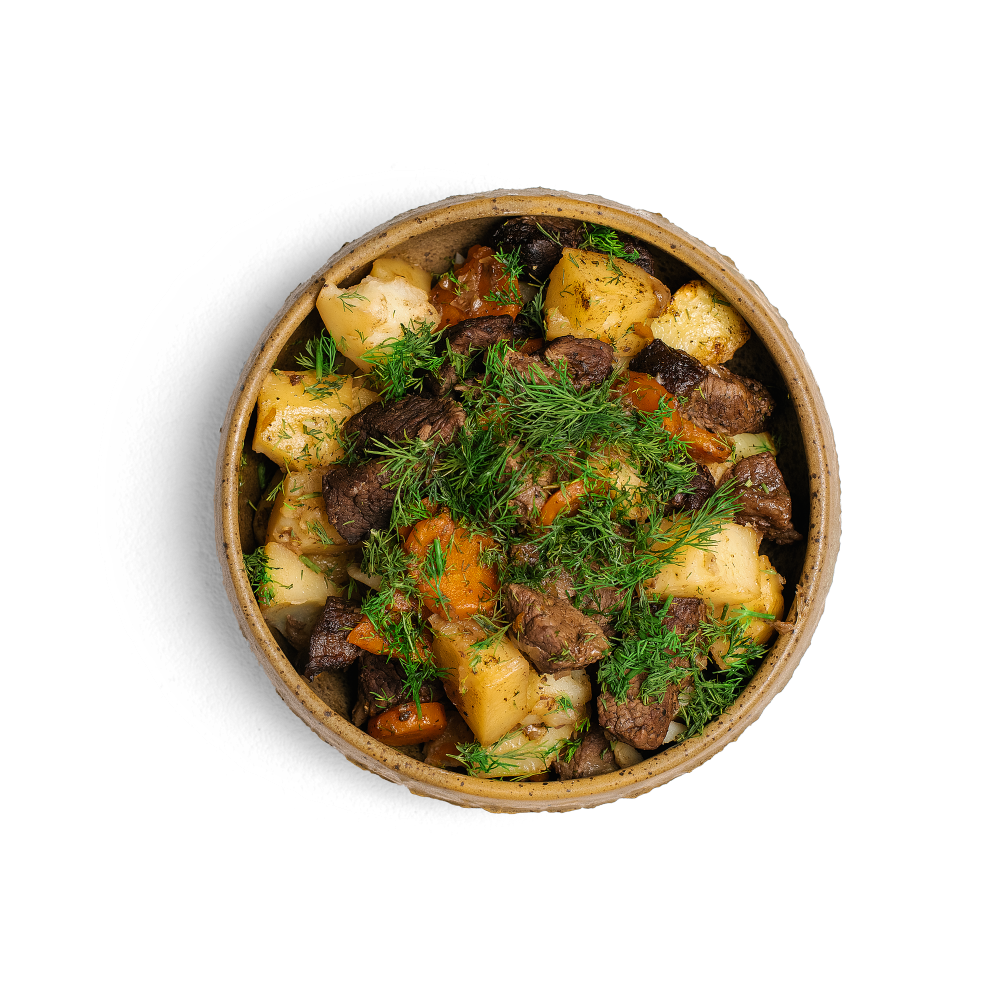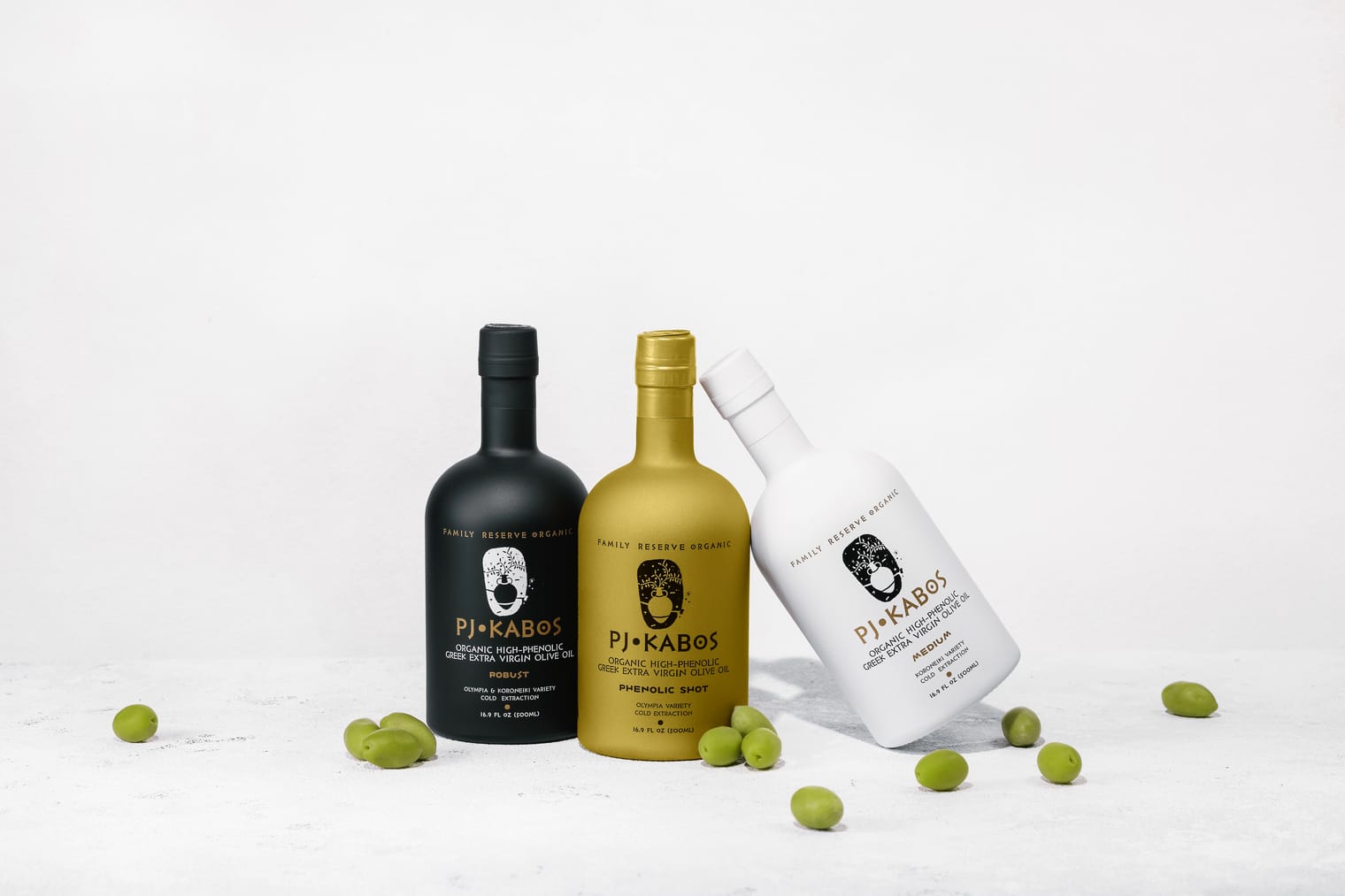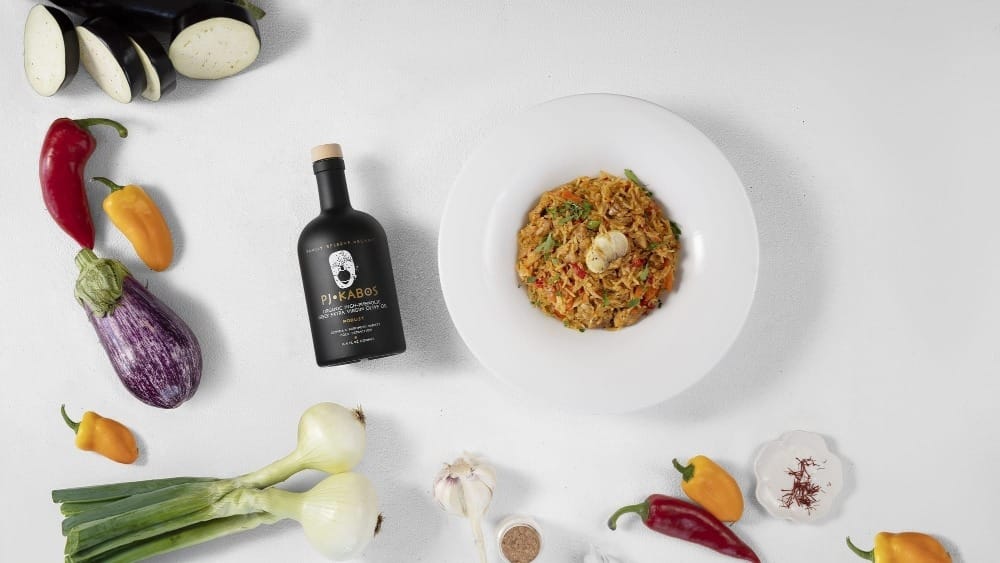Beef stew holds a storied place in the annals of culinary history. This hearty dish, known for its rich flavors and nourishing qualities, has transcended borders and epochs, evolving with the cultures that have embraced it.
Ancient Origins: The Birth of Stew
The concept of stew dates back to prehistoric times, long before the domestication of livestock. Early humans likely cooked wild game with foraged roots, tubers, and herbs in rudimentary vessels over open flames. Archaeological evidence suggests that by the Neolithic era, humans were utilizing pottery to cook such mixtures, laying the groundwork for future stews.
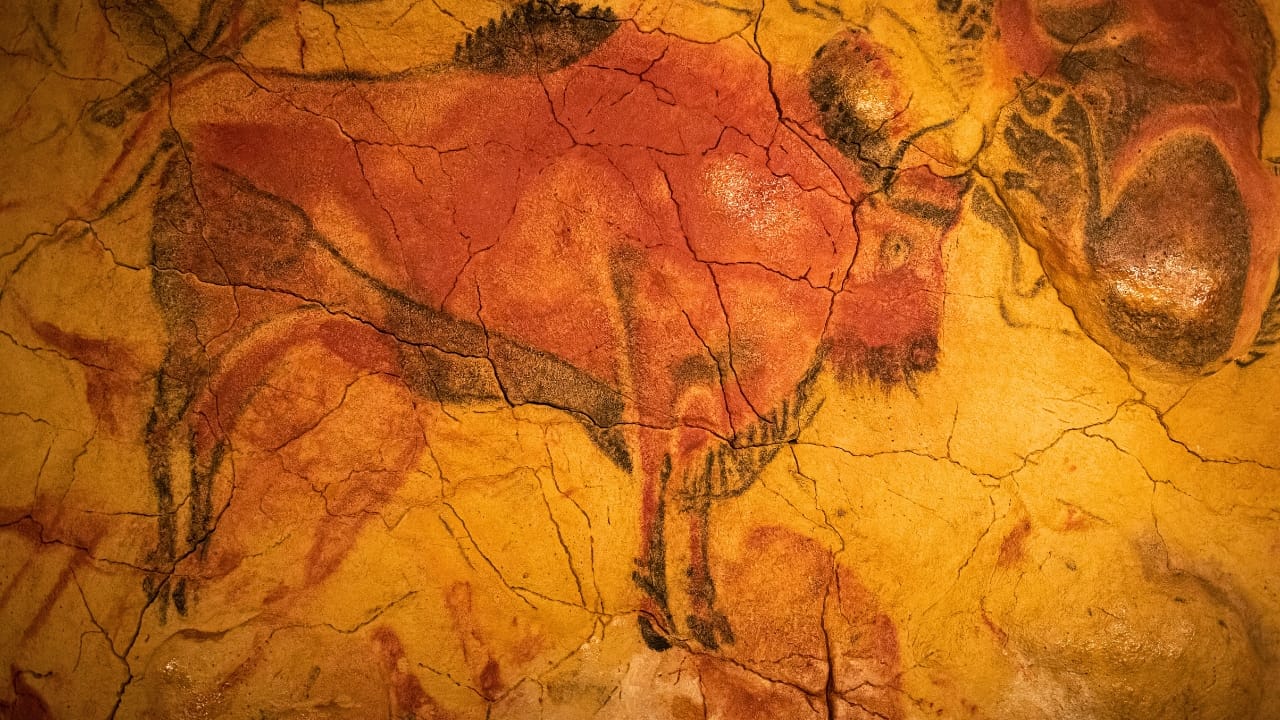
Mesopotamia
In Mesopotamia, around 2,000 BC, some of the earliest recorded recipes are found on cuneiform tablets, which indeed include dishes that bear a resemblance to modern stews. These tablets are part of the Yale Babylonian Collection and date to the Old Babylonian period.

The Yale Culinary Tablets offer a fascinating glimpse into the culinary practices of ancient Mesopotamia. They include recipes that detail the preparation of various dishes, such as stews, broths, and other cooked foods. These recipes often include ingredients like meat (including beef & lamb), vegetables, herbs, and spices, which are combined and cooked together in ways that resemble contemporary stewing techniques. [2]
The significance of these tablets lies not only in their age but also in their detailed representation of ancient cooking methods, providing evidence of a sophisticated culinary culture in ancient Mesopotamia.
Ancient Greece: Culinary Innovation and Stifado today
In Ancient Greece, the diet was diverse and richly influenced by the ingredients available around the Mediterranean. While meat was not the primary component of the daily diet, it played a significant role in religious and ceremonial contexts. Meat, including beef, was consumed following sacrificial rituals, where the community shared the offerings.
Greek culinary texts, such as those by Archestratus, a 4th century BC poet and gastronome who, as with many of his contemporaries enjoyed humor in his writings (as shown nicely in the photographed below by Roberto Tascone - Scultura, (CC BY-SA 4.0)), provides insights into the culinary sophistication of the time. His writing, Hedypatheia—Gastronomy—is considered one of the world’s first cookbooks (330 BC). Although Archestratus focused primarily on fish and seafood, other sources indicate that Greeks prepared various meats in elaborate dishes for special occasions.
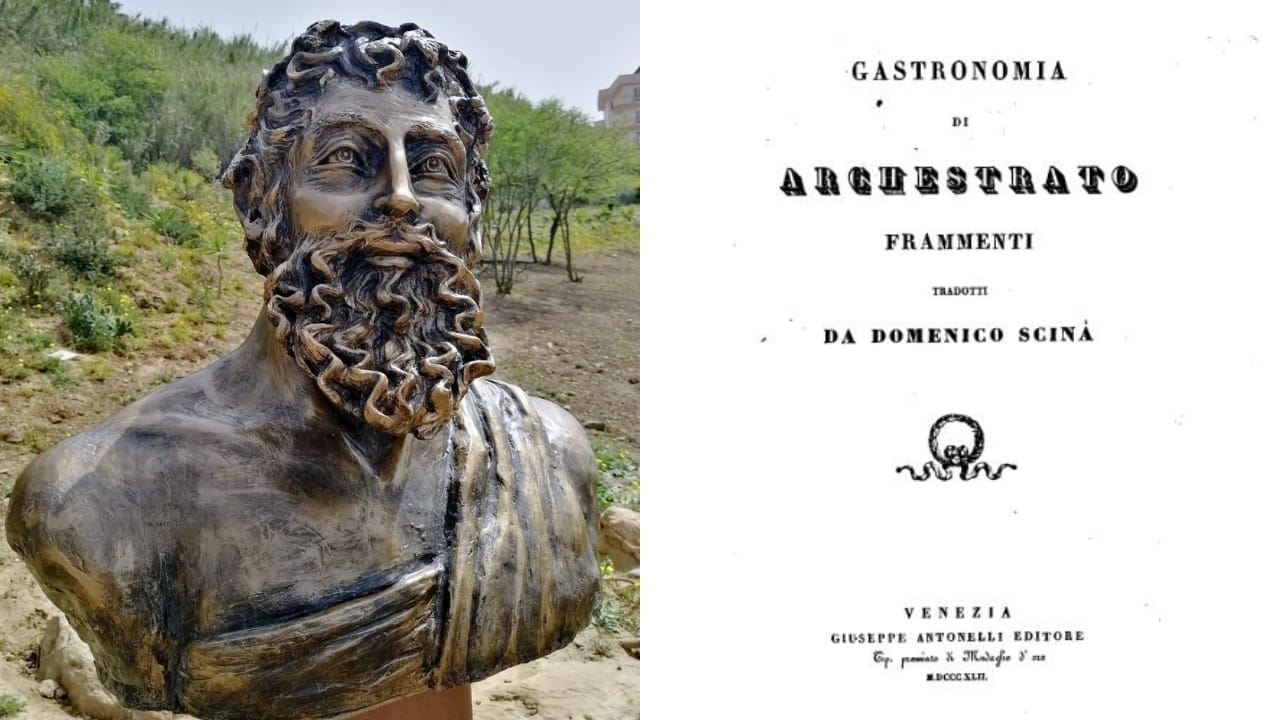
For the most part however, ancient Greeks ate simple foods with fish, vegetables, grains, olives and olive oil definitely being the most common foods. But stews made from lamb, goat, or pork, and the above mentioned beef after ceremonial services, combined with vegetables, herbs, and wine or wine vinegar, were also eaten. The use of ceramic pots allowed for slow cooking, creating dishes where the flavors melded together beautifully, whether made with meat or not.
The following video shows a modern-day chef preparing the very old recipe of Stifado in such a fashion.
Stifado—Ancient Greek Beef Stew—Cooking Video
Ancient Greek Beef Stew—Stifado—the same as in ancient days (except for the potatoes!)
The Ancient Greeks, much like the modern Greeks, made big use of local ingredients—olive oil, garlic, onions and herbs. Stifado, although a meat stew with ancient roots, continues to be a beloved dish in Greek cuisine today.
The Romans—"Apicius" Cookbook
Similarly, the Romans, known for their sophisticated culinary practices, included stews in their cookbooks. Apicius, also known as De re culinaria or De re coquinaria (On the Subject of Cooking), is thought to be a compilation of Roman recipes from the 1st century AD. We can read it online today in the wonderful Project Gutenberg. [3]

Medieval Europe: The Emergence of Beef Stew
In medieval Europe, the development of agricultural practices and livestock domestication led to the increased availability of beef. Stews became a staple in the diet of both the peasantry and the nobility, though the ingredients and complexity of the dishes varied significantly based on social status. Common folk often made do with simpler versions, incorporating locally available vegetables and grains, while the wealthy enjoyed more elaborate preparations with exotic spices of meats, spices and vegetables.

The introduction of the cauldron in medieval kitchens revolutionized the preparation of stew. This large pot, suspended over an open hearth, allowed for slow cooking, which tenderized tougher cuts of meat and melded flavors beautifully. Beef stew became a communal dish, often served at gatherings and celebrations, embodying the spirit of shared meals.
The New World: Transatlantic Influences
The Age of Exploration brought beef stew to the New World, where it adapted to the diverse environments and ingredients found in the Americas. Spanish settlers introduced “olla podrida,” a rich stew that integrated New World produce such as tomatoes and peppers. Native American cooking techniques and ingredients influenced early colonial stews, resulting in unique regional variations.
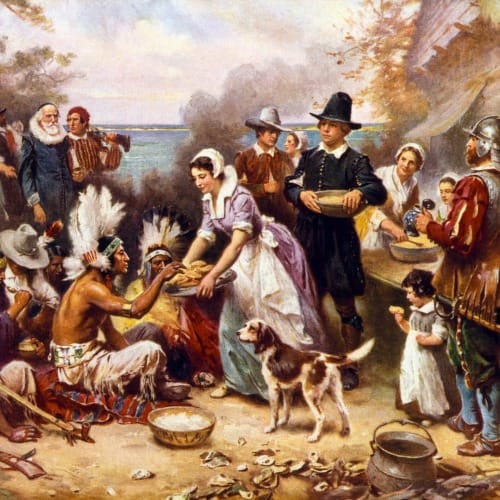
In the United States, beef stew evolved further with the waves of immigrants bringing their culinary traditions. Irish immigrants, for instance, popularized dishes like beef and potato stew, which became a staple in many American households.
Modern Day: Global Variations and Cultural Significance
Today, beef stew is a global phenomenon, with each culture adding its distinct touch. In France, "boeuf bourguignon" showcases the elegance of Burgundy wine and mushrooms. Hungary's "goulash" is a robust, paprika-laden stew that has become emblematic of the country's cuisine. In Japan, "nikujaga" offers a subtly sweet and savory take on beef stew, often served with rice.
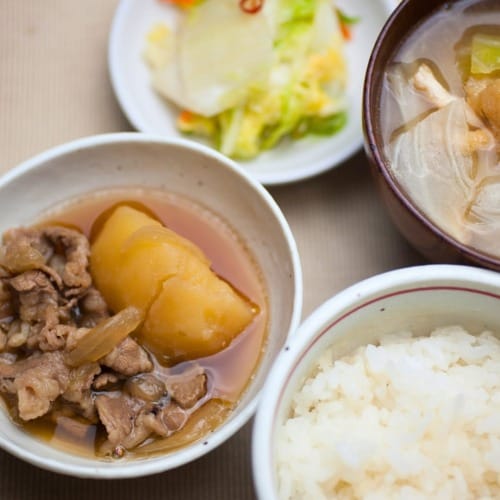
Beef Stew: Epitomizes the Universal Language of Food
Beef stew's enduring popularity can be attributed to its versatility, nutrition and the comfort it provides. It remains a testament to the ingenuity of cooks throughout history, who transformed simple ingredients into a meal that warms both the body and soul.
Ancient Greek Beef Stew—Stifado—Recipe
Beef—Main dish; Serves: 4; PJ KABOS Extra Virgin Olive Oil to use: Family Reserve Organic Medium or Family Reserve Medium
Ingredients
- 2 pounds (1 kilogram) beef (chuck steak works well), cut into bite-size chunks
- 3 medium onions, chopped or sliced
- 3 potatoes, cut into chunks
- 4 carrots, sliced
- 2 cloves garlic, sliced
- 2 bay leaves
- salt, to taste
- pepper, to taste
- 1½ tablespoon vinegar
- ¾ cup PJ Kabos Extra Virgin Olive Oil
- parsley or dill, fresh, for garnish (optional)
Preparation
For the vegetables: Clean and cut the potatoes; set aside in water. Chop the onions, slice the carrots and garlic. To a large skillet, add ¼ cup PJ Kabos Extra Virgin Olive Oil. Sauté the onions, carrots and garlic. Set aside in a large stewing pot.
For the beef: Add ¼ cup PJ Kabos Extra Virgin Olive Oil to the same skillet and brown the meat on all sides. Add the meat to the stewing pot holding the vegetables. Mix. Add salt, pepper, vinegar, and bay leaves. Gently mix. Drizzle ¼ cup PJ Kabos Extra Virgin Olive Oil over it all. Add ¾ cup of water.
Cooking: Set pot on stove top. Bring to a soft simmer (not boil), cover, and simmer until the meat is done, approximately 2 hours.
Serving suggestions: May be served with a side of olives, Feta, and fresh bread. However, this is an all-in-one dish and except for the bread to sop up the juices, it doesn’t require anything else. Perfect for busy people to make ahead, reheat and serve later.
Kali Orexi—Happy Eating!
All of the following PJ Kabos Olive Oils may be used in preparing Beef Stew.
Fresh Harvest 2024/25
High-Phenolic Extra Virgin Olive Oil
from PJ KABOS
PJ Kabos Family Reserve Organic—Phenolic Shot
(Gold Bottle)

PJ Kabos Family Reserve Organic—"Phenolic Shot," is an award-winning extra virgin olive oil with possibly the highest phenolic content available in a true extra virgin olive oil today. Its intense bitterness and pungency clearly reflect the activity of these polyphenols. Meant to be taken as a shot or may be drizzled over salads, roasted vegetables, toast, fava, etc. to amplify both flavor and health benefits.
PJ Kabos Family Reserve Organic—Robust
(Black Bottle)
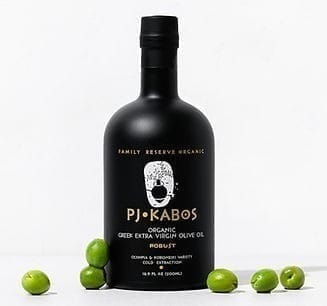
PJ KABOS Family Reserve Organic - Robust, is an extra virgin olive oil that is very high in polyphenols and adds depth, character and great health benefits to every meal.
PJ Kabos Family Reserve Organic—Medium Taste
(White Bottle)

PJ KABOS Family Reserve Organic - Medium, is an extra virgin olive oil that is high in polyphenols and adds a lovely taste and great health benefits to every meal.
PJ Kabos Family Reserve—Medium Taste
(White Tin)

PJ KABOS Family Reserve - Medium, is an extra virgin olive oil in an easy-to-store tin that is high in polyphenols and adds a lovely taste and great health benefits to every meal.
Please enjoy having a look around our websites, pjkabos.com and oliveoil.com, as well as our Amazon Store for more about our many high-phenolic olive oils, recipes, history, etc. And follow along with us on Instagram for photos concerning olive oil production, our groves in Greece, articles about olive oil, family history and more.
PJ Kabos High-Phenolic Extra Virgin Olive Oil: Your Trusted Oil, Straight from Our Table to Yours.
[1] “Photograph: Paleolithic Cave Art: Altamira Bison.” The Essential School Of Painting: London Art School. Retrieved May 17, 2024, from https://theessentialschoolofpainting.com/photograph-paleolithic-cave-art-altamira-bison-in-the-great-hall-of-polychromes-altamira-cave/
[2] Maria Godoy, Scott Simon, Peter Breslow. “Eat Like The Ancient Babylonians: Researchers Cook Up Nearly 4,000-Year-Old Recipes” The Salt: What’s on Your Plate. November 16, 2019, Retrieved May 18, 2024, from https://rb.gy/rguar9
[3] Apicius. “Apicius: Cookery and Dining in Imperial Rome” Project Gutenberg, Retrieved May 18, 2024, from https://www.gutenberg.org/files/29728/29728-h/29728-h.htm

